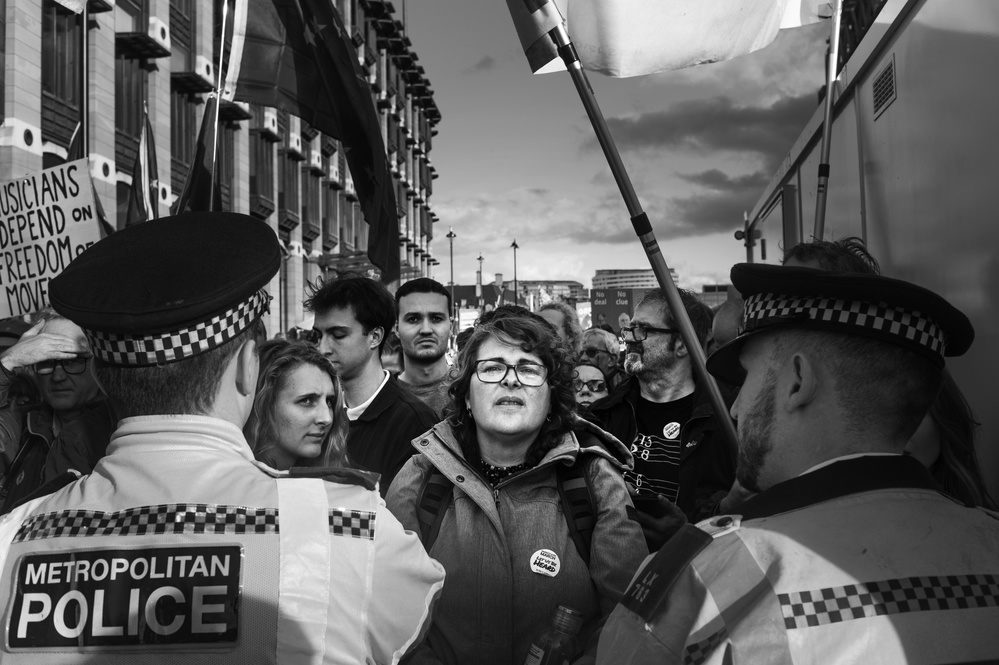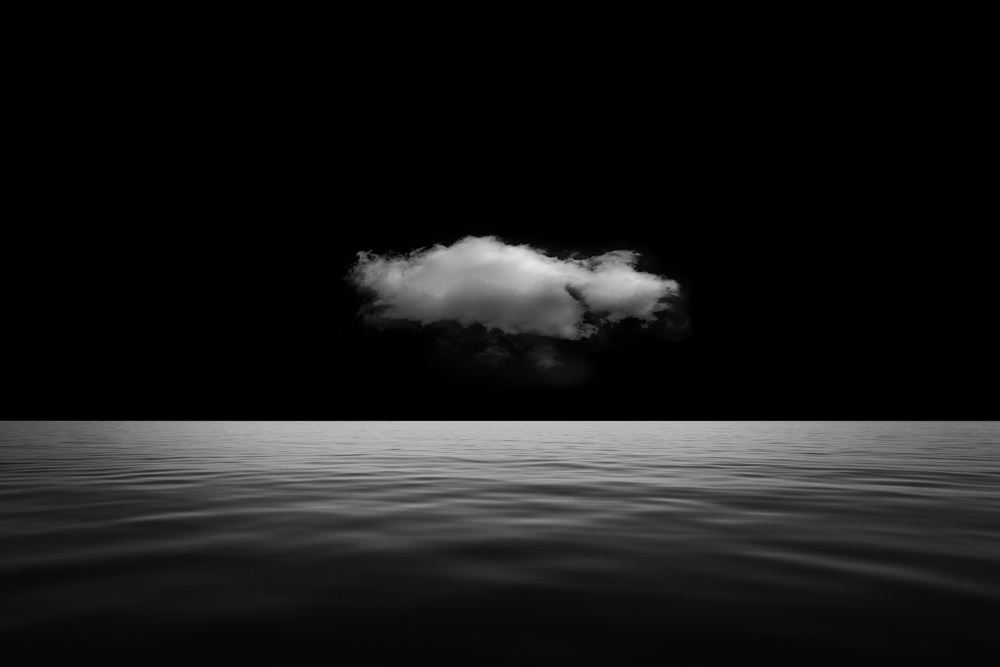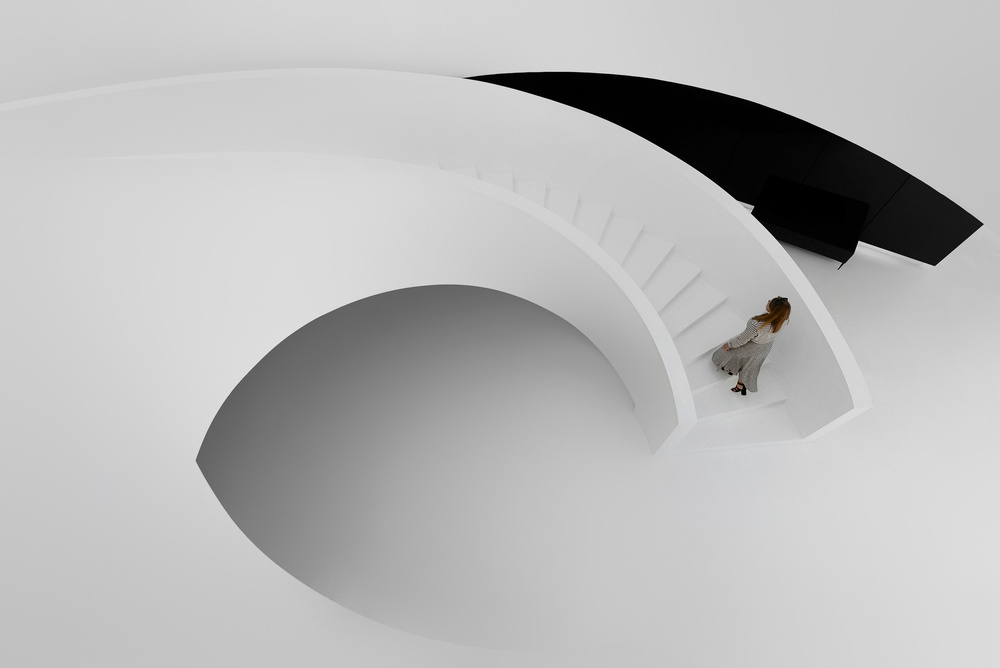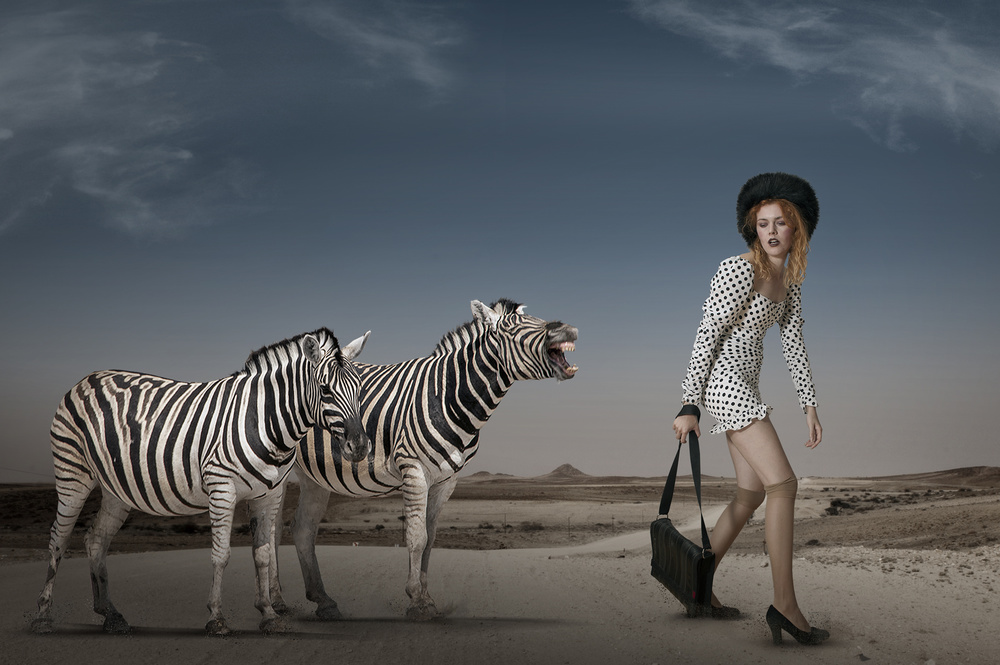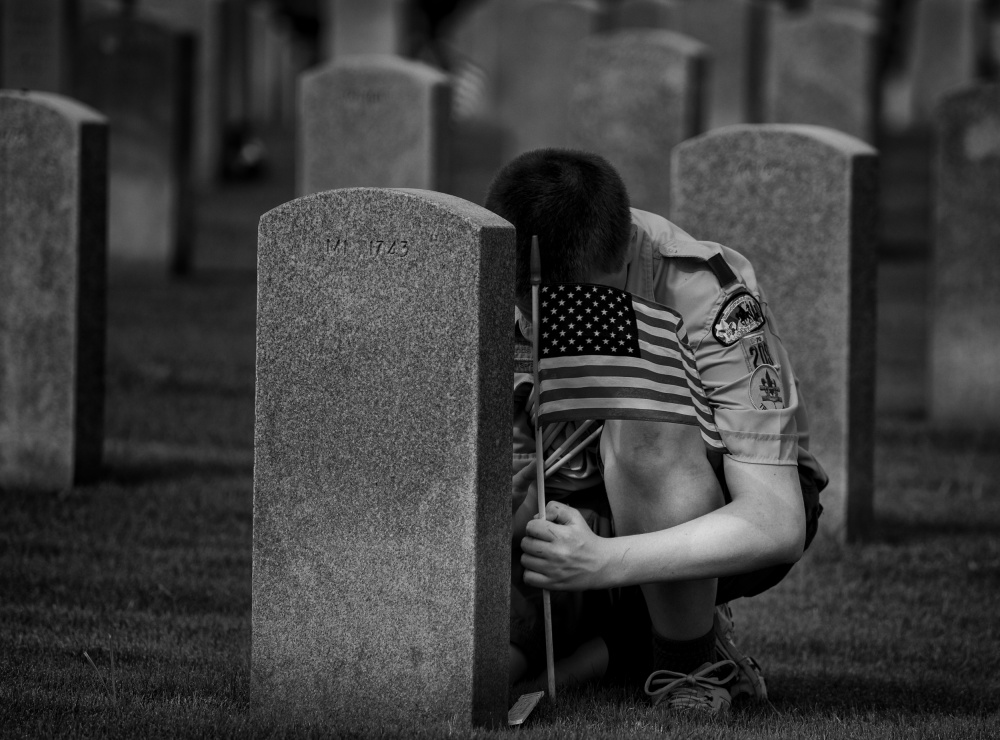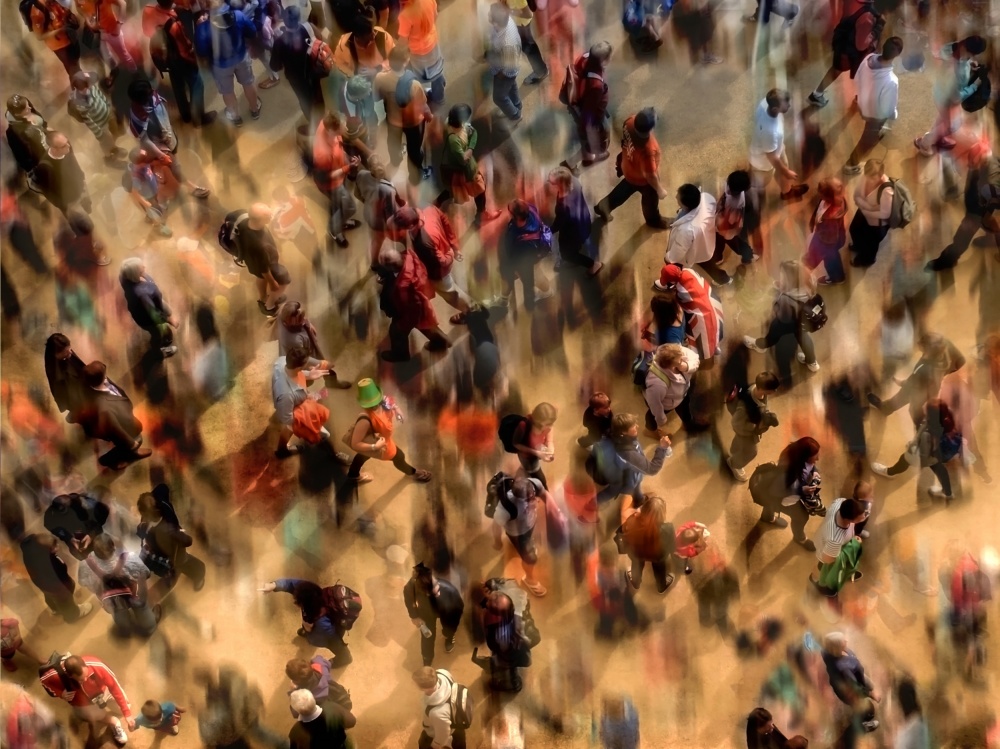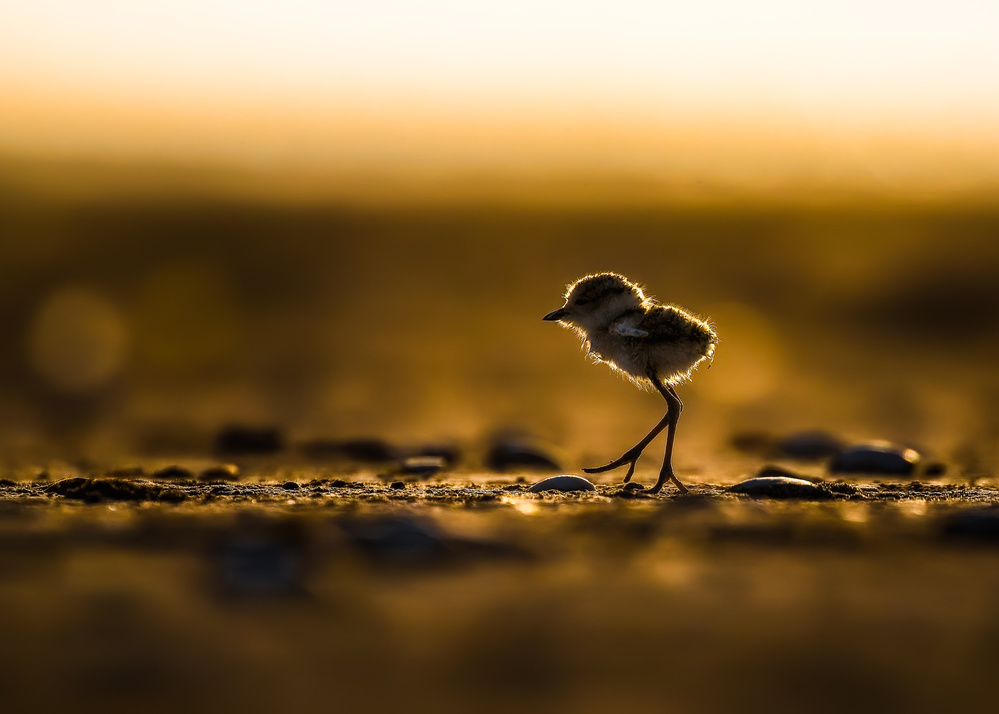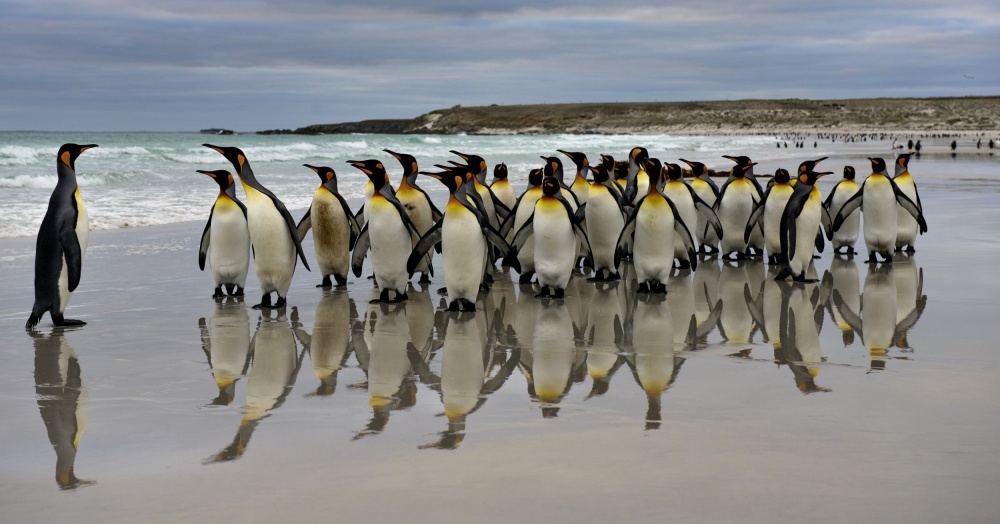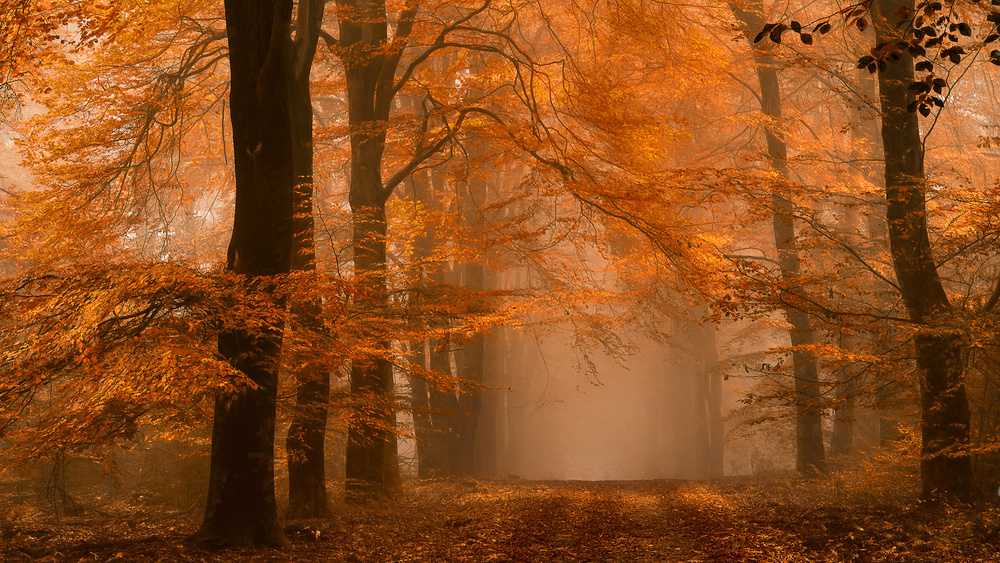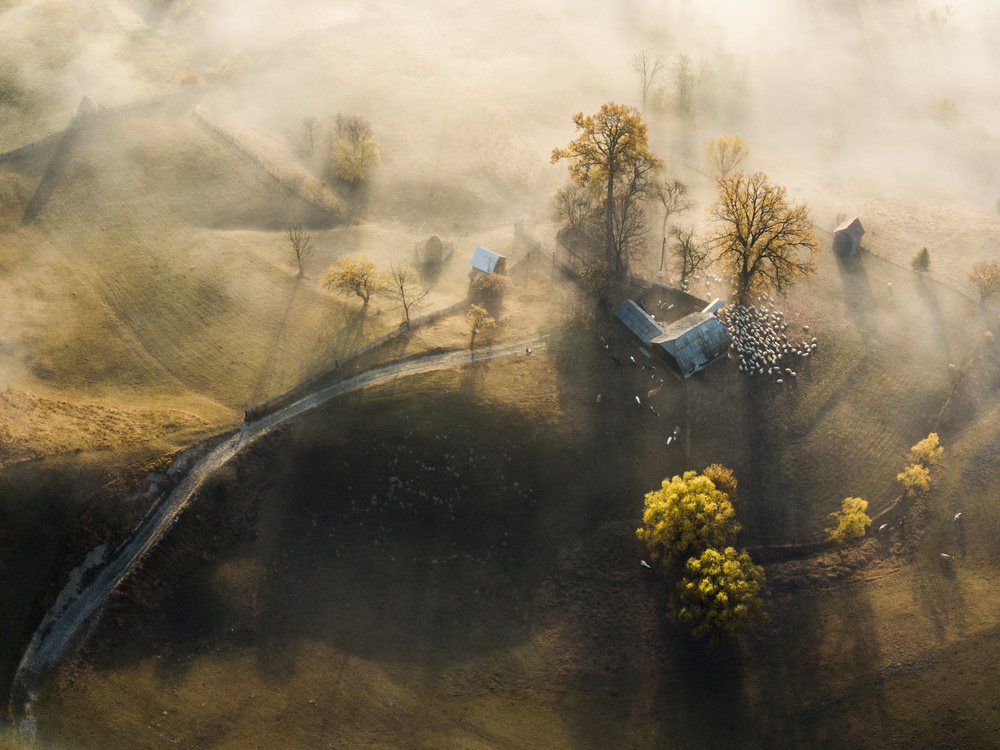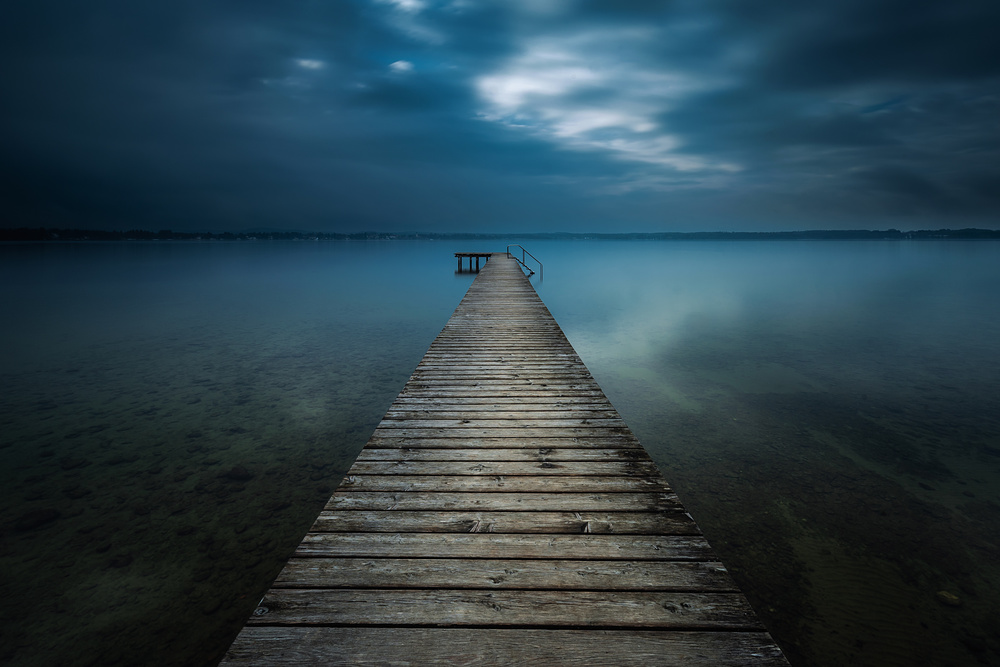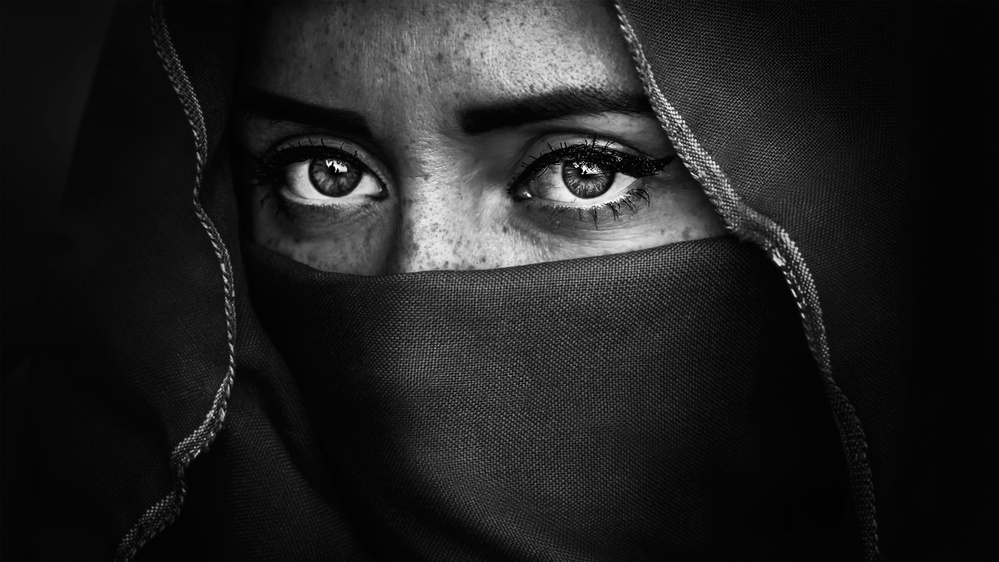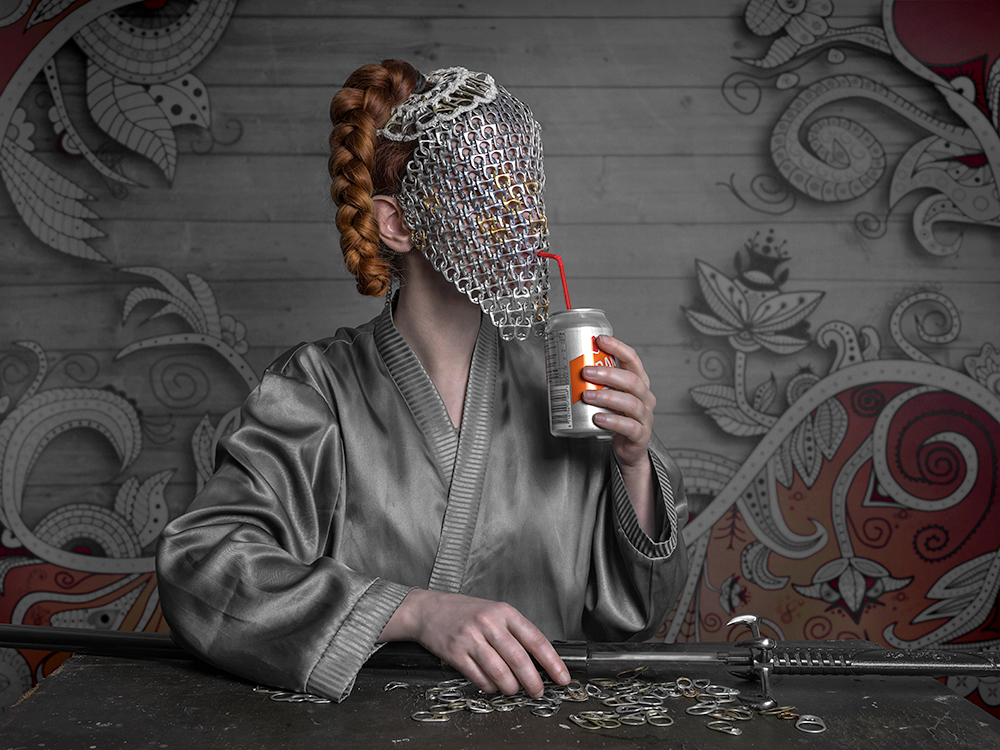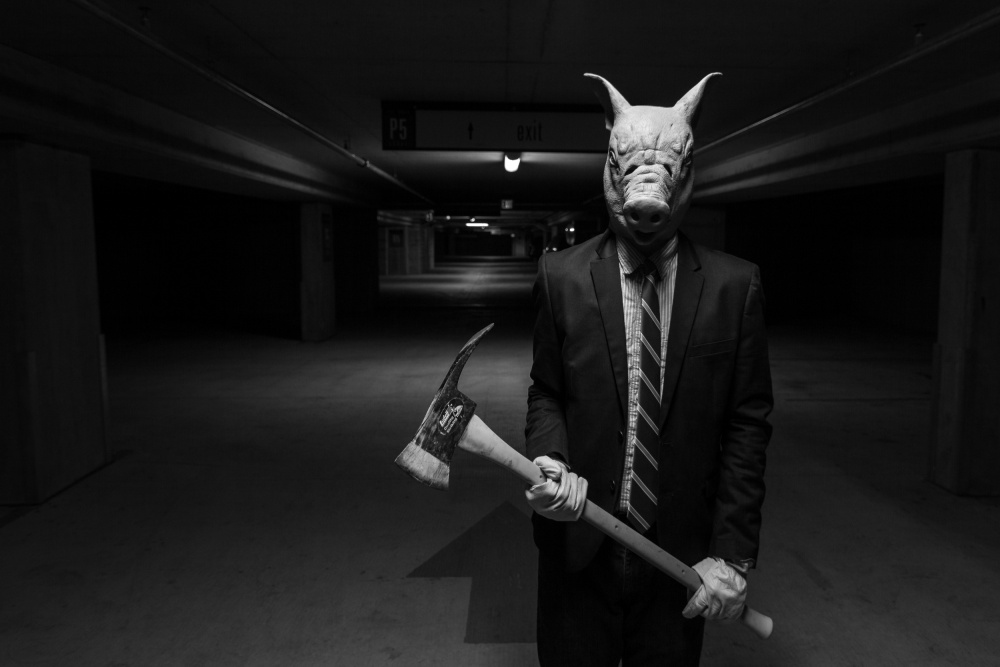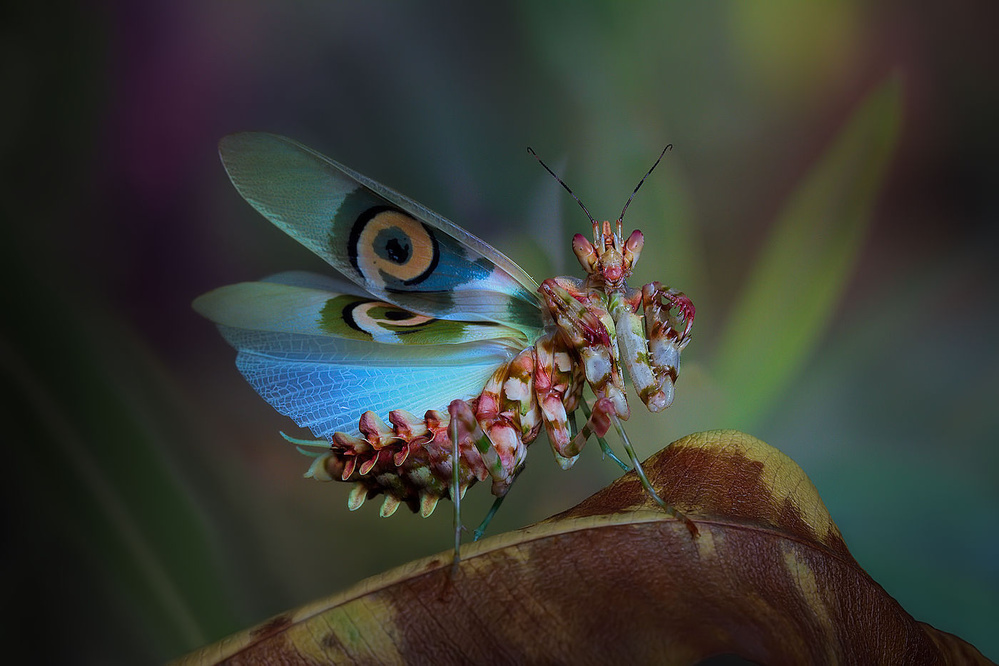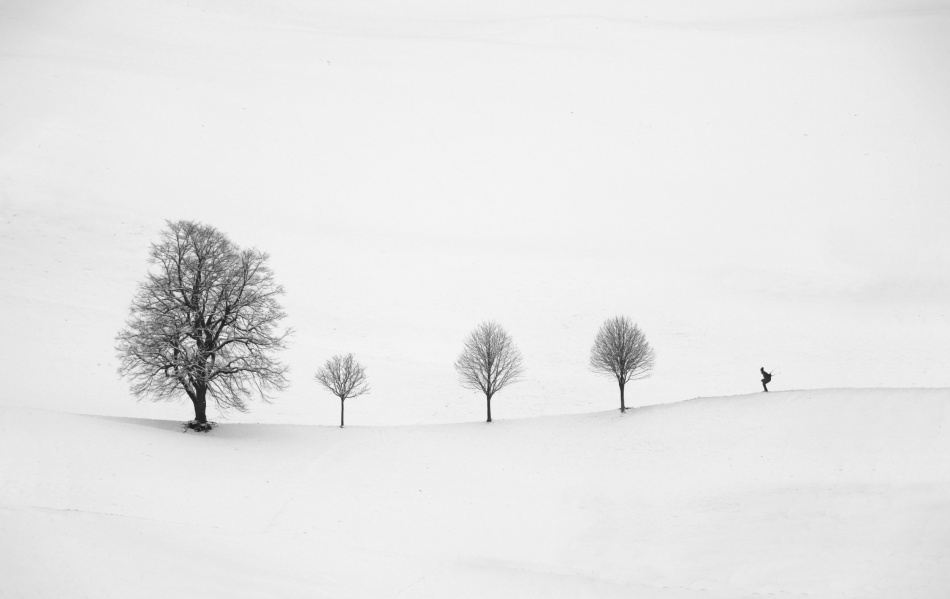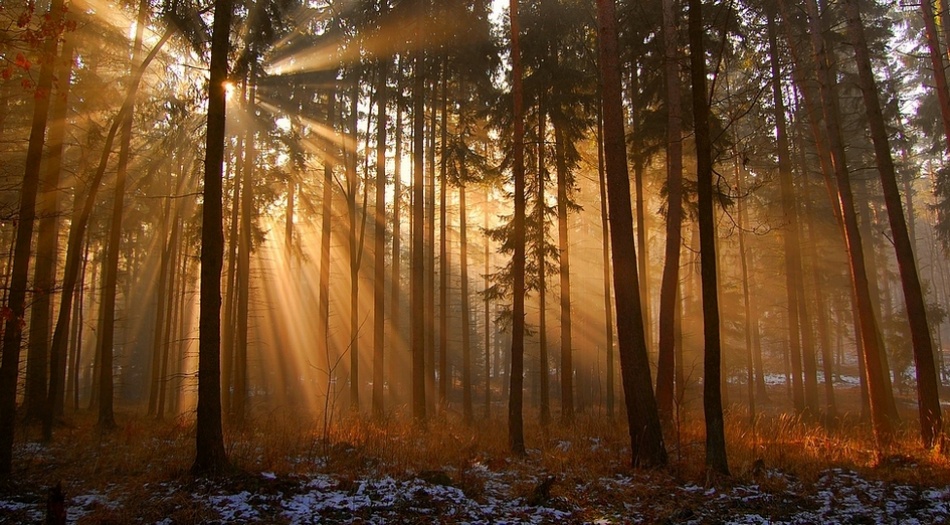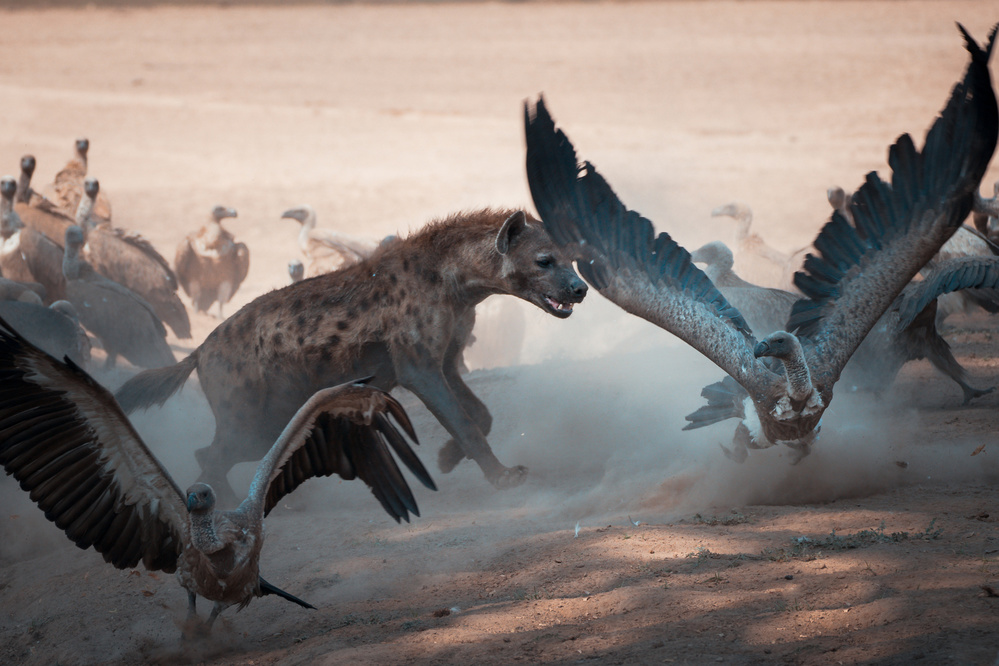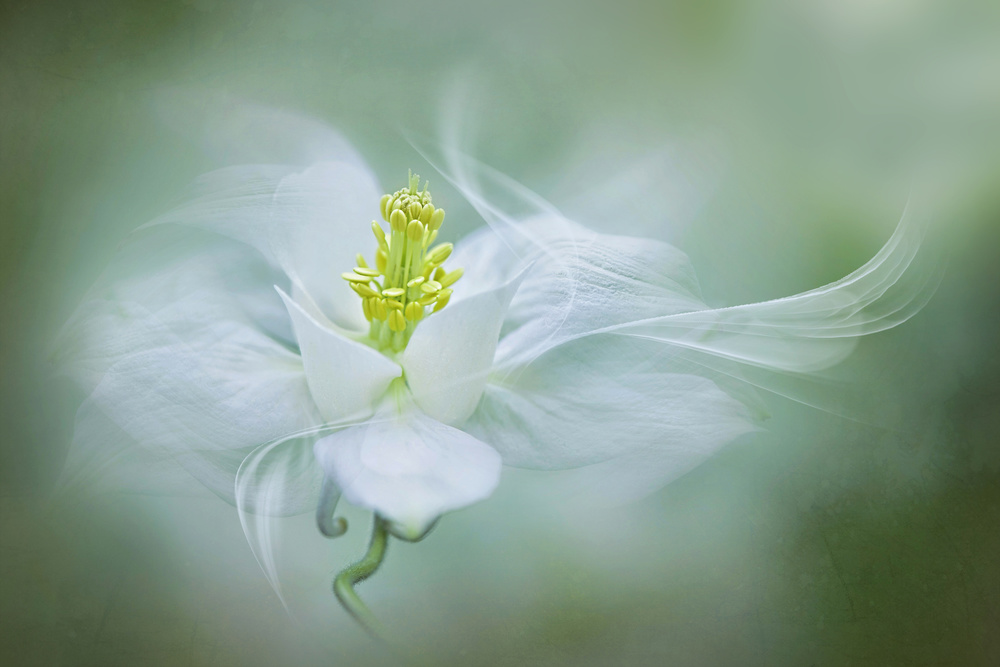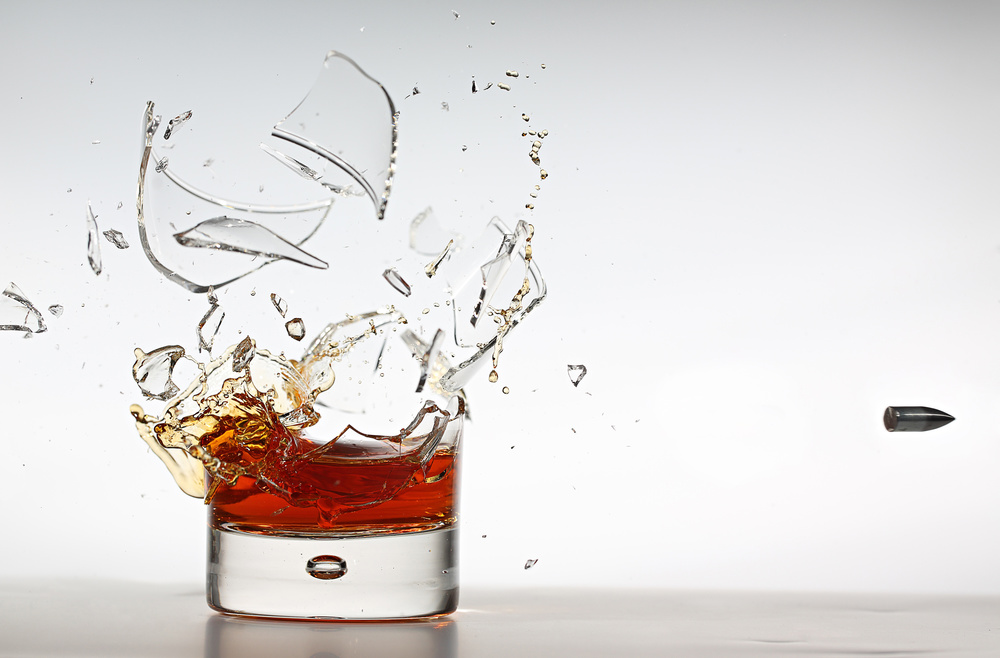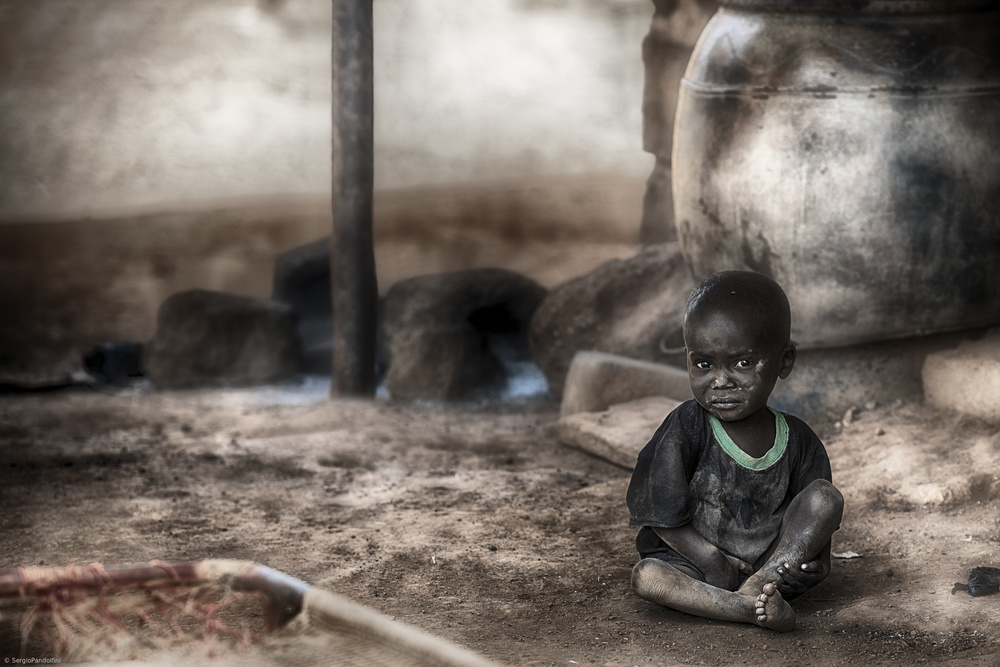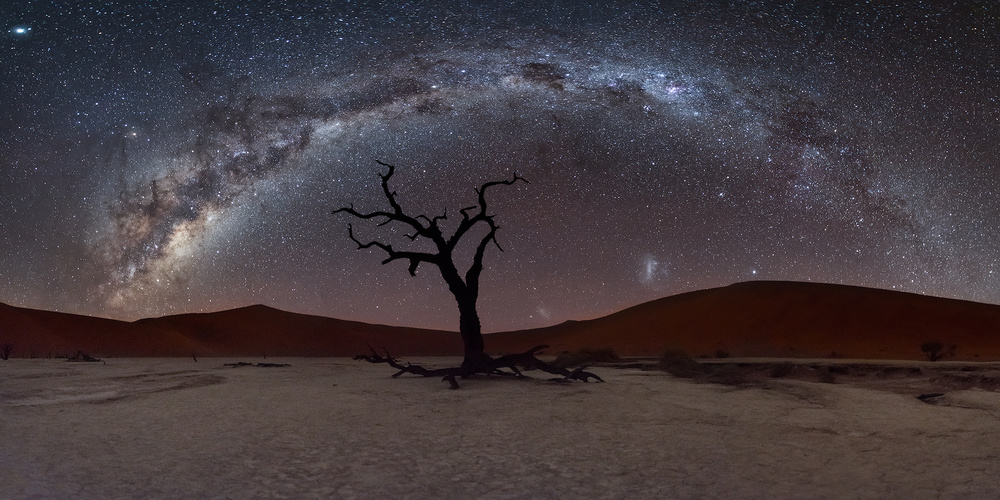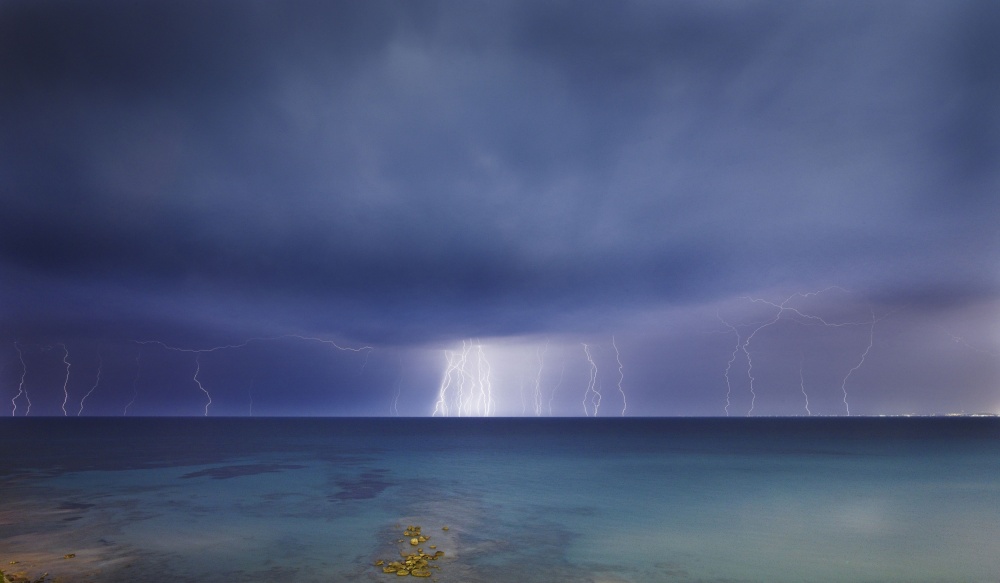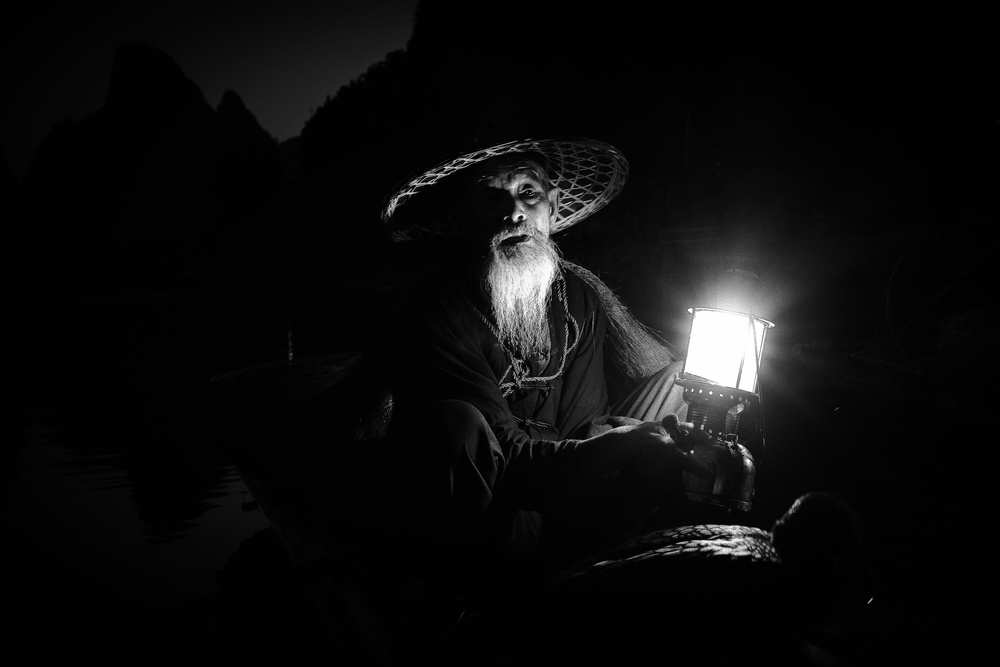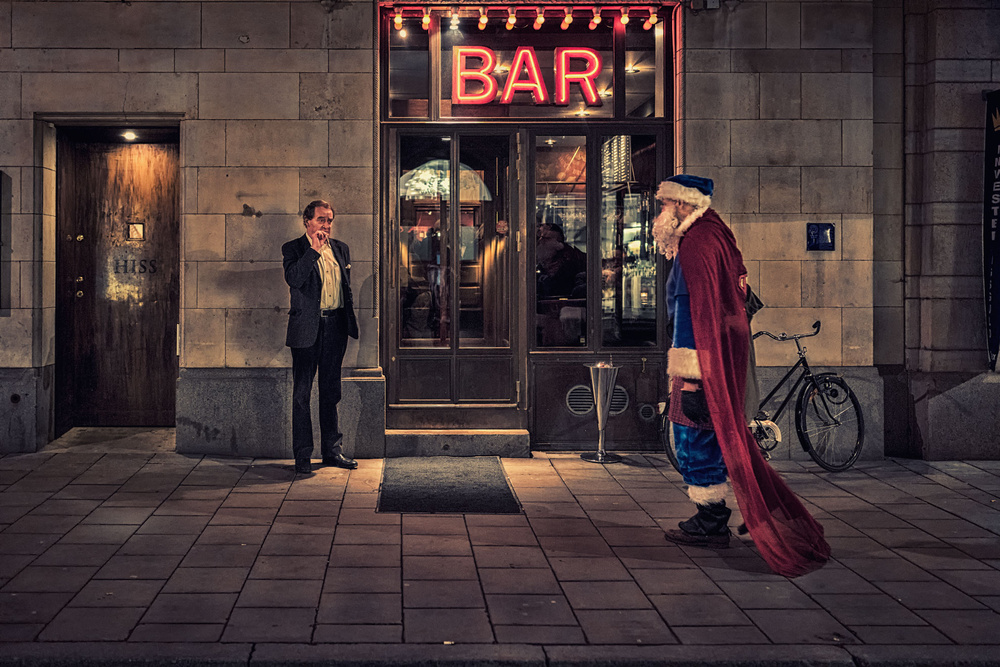Tips & Tricks
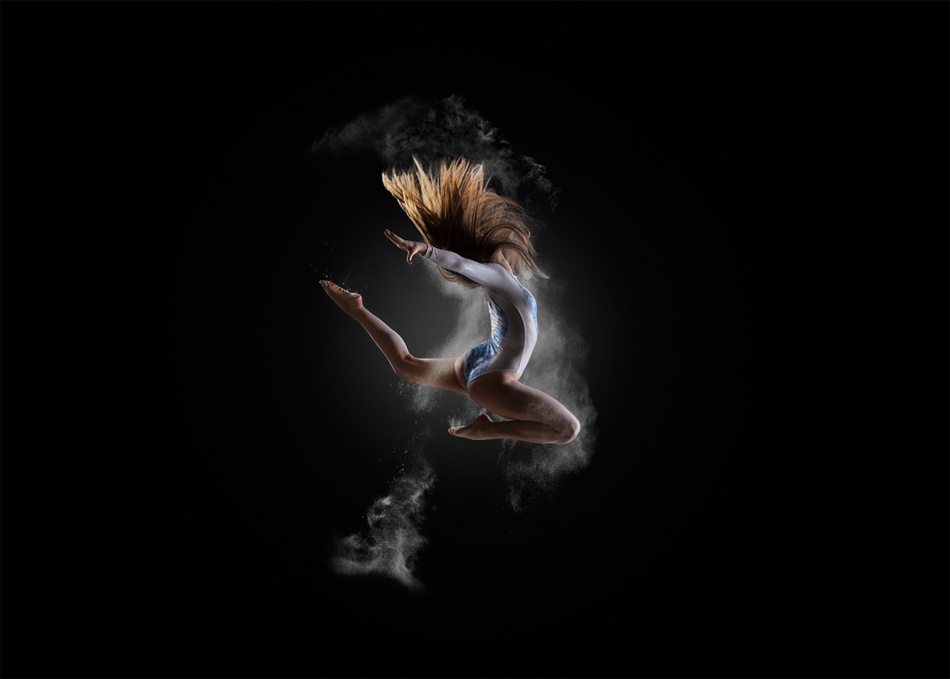
The making of 'Giada Dust' by Marco Petracci
1x Blog-Tips & Tricks' .
My plan was to replace the dust with flour and the elephants with dancers. The flour would be lined along the limbs of a stationary dancer, who would then burst into movement at the moment the photograph was taken.
I first attempted the shoot in a dance studio with a professional ballet dancer, but was not able to control the lighting sufficiently to make the flour show up.
I resolved this problem on a second attempt — this time in my own studio and with proper lighting. But on this second try I used a different dancer who was not a professional and lacked the strength and control of the previous dancer. She needed to pull her arms back to gather the momentum for the jump, thus spilling the flour before the photograph was taken. The professional in the first session was able to make the jump using his legs only.
The third attempt — which resulted in the photograph published here — was made under optimal conditions, in the studio with a professional subject. However, this time I wanted to explore a different subject matter and decided to work with a gymnast rather than a ballet dancer. I got in contact with Giada, a former Italian champion. She had already worked with a colleague of mine, so I knew she would be able to perform the movements I needed.
On the day of the shoot, the camera was set on a tripod about 20 feet (6–7 meters) from the gymnast, in a centered position. A black paper background was placed behind her in order to maximize the contrast with the white flour. A back light was placed behind the gymnast at a 45-degree angle to bring out the contour of her figure against the black background. I used a parabolic reflector to direct the light in a very precise way. In order to avoid any lens flare caused by light spilling into the lens, I mounted the flash about 7 feet high (2 meters), and angled it down at 45 degrees toward the subject. I mounted two flashes, each with a softbox attached. One was placed above the other, and they were both 90 degrees to the camera and parallel to the gymnast. These acted as a fill light to bring out the details in the body.
I set the aperture to f/8 to achieve a depth of field in which the entire subject would be in focus, including the flour. I used the Canon EF 24–70mm f/2.8 L USM lens at focal length 24 mm, which allowed me to capture all the movement within the field of action without distortion. In order to freeze the moment, I selected a shutter speed of 1/250, the fastest shutter speed available with a standard professional flash.
The session lasted three hours, and I took 20–25 photographs.
. '
I had already encountered the challenge of capturing movement while photographing dancers, and now I wondered if “elephant dust” could be the solution.
The idea behind this photo came from watching a National Geographic television documentary that showed elephants throwing up dust to clean themselves. I found it interesting that the patterns of dust that were hanging in the air illustrated the movements of the elephants, and I wondered if this effect could be used to capture movement in a still photograph.
My plan was to replace the dust with flour and the elephants with dancers. The flour would be lined along the limbs of a stationary dancer, who would then burst into movement at the moment the photograph was taken.
I first attempted the shoot in a dance studio with a professional ballet dancer, but was not able to control the lighting sufficiently to make the flour show up.
I resolved this problem on a second attempt — this time in my own studio and with proper lighting. But on this second try I used a different dancer who was not a professional and lacked the strength and control of the previous dancer. She needed to pull her arms back to gather the momentum for the jump, thus spilling the flour before the photograph was taken. The professional in the first session was able to make the jump using his legs only.
"However, this time I wanted to explore a different subject matter and decided to work with a gymnast rather than a ballet dancer."
The third attempt — which resulted in the photograph published here — was made under optimal conditions, in the studio with a professional subject. However, this time I wanted to explore a different subject matter and decided to work with a gymnast rather than a ballet dancer. I got in contact with Giada, a former Italian champion. She had already worked with a colleague of mine, so I knew she would be able to perform the movements I needed.
On the day of the shoot, the camera was set on a tripod about 20 feet (6–7 meters) from the gymnast, in a centered position. A black paper background was placed behind her in order to maximize the contrast with the white flour. A back light was placed behind the gymnast at a 45-degree angle to bring out the contour of her figure against the black background. I used a parabolic reflector to direct the light in a very precise way. In order to avoid any lens flare caused by light spilling into the lens, I mounted the flash about 7 feet high (2 meters), and angled it down at 45 degrees toward the subject. I mounted two flashes, each with a softbox attached. One was placed above the other, and they were both 90 degrees to the camera and parallel to the gymnast. These acted as a fill light to bring out the details in the body.
I set the aperture to f/8 to achieve a depth of field in which the entire subject would be in focus, including the flour. I used the Canon EF 24–70mm f/2.8 L USM lens at focal length 24 mm, which allowed me to capture all the movement within the field of action without distortion. In order to freeze the moment, I selected a shutter speed of 1/250, the fastest shutter speed available with a standard professional flash.
The session lasted three hours, and I took 20–25 photographs.
POST PROCESSING
All post-processing was done in Photoshop.
1) In order to create a solid black background for the entire image, I did three things in Photoshop. First I used the Burn tool to deepen the blackness of the background around the figure without losing the detail of the flour.
2) Secondly, I used a black Brush at the outer edge of the image to create a dense blackness.
3) I also used the black Brush to paint over the light (from the parabolic flash) which was reflected back by the black paper background.
4) I also used the Burn tool to model the shape of the flour under the gymnast and to soften the shadows on her body.
5) I adjusted the brightness and contrast by increasing Vibrance and decreasing Saturation.
6) I sharpened the image using the Unsharp Mask filter.
1) In order to create a solid black background for the entire image, I did three things in Photoshop. First I used the Burn tool to deepen the blackness of the background around the figure without losing the detail of the flour.
2) Secondly, I used a black Brush at the outer edge of the image to create a dense blackness.
3) I also used the black Brush to paint over the light (from the parabolic flash) which was reflected back by the black paper background.
4) I also used the Burn tool to model the shape of the flour under the gymnast and to soften the shadows on her body.
5) I adjusted the brightness and contrast by increasing Vibrance and decreasing Saturation.
6) I sharpened the image using the Unsharp Mask filter.
TIPS
1) Know what you want.
2) Know the lights and their effect on the subject.
3) Work with professionals.
2) Know the lights and their effect on the subject.
3) Work with professionals.
BIOGRAPHY
I live in Montignoso, Tuscany, Italy. I have been taking photographs for twelve years, working as a professional for the last two years. I was a semifinalist in the Leica Talent 2012 competition. I take photos because photography is an art and I am an artist.

